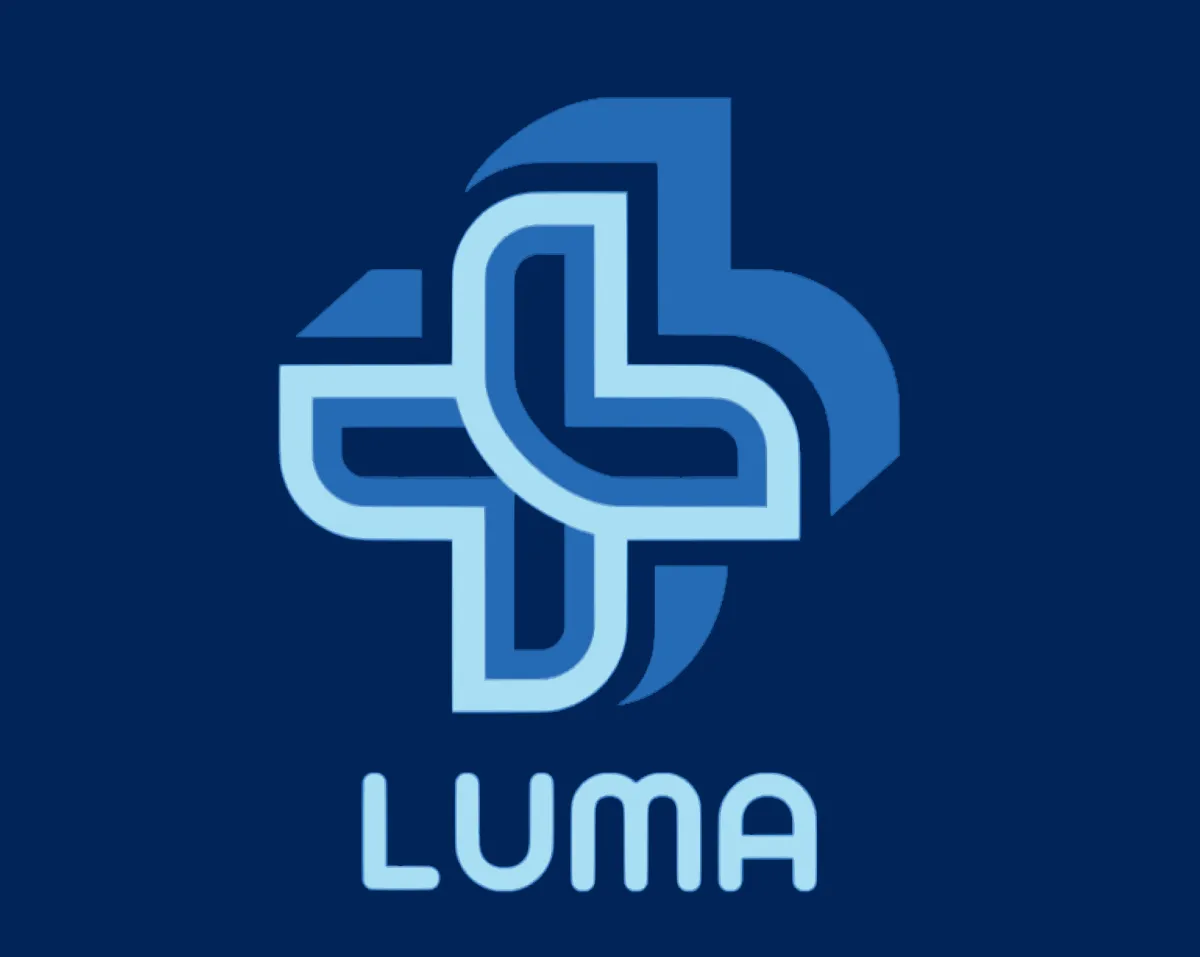
Understanding the Medicare Part D Donut Hole
Understanding the Medicare Part D Donut Hole: What It Is and How It Affects You
If you’re on Medicare and take prescription medications, you’ve probably heard about the “donut hole” in Medicare Part D. But what exactly is it, and how does it impact your wallet? Let's break it down in simple terms so you can be prepared and make the best decisions for your health and finances.
What Is the Medicare Donut Hole?
The donut hole is a coverage gap in Medicare Part D—the part of Medicare that helps pay for prescription drugs. It’s a temporary limit on what the drug plan will cover for medications.
Here’s a basic overview of how Medicare Part D works in 2025:
Deductible Phase
You pay 100% of your drug costs until you meet your plan’s deductible (up to $545 in 2025).Initial Coverage Phase
After the deductible, you enter the initial coverage phase. Here, you pay a copayment or coinsurance, and your plan pays the rest. This continues until the total drug costs (what you and your plan have spent) hit $5,030.Donut Hole (Coverage Gap)
Once you and your plan have spent $5,030, you hit the donut hole.
In 2025, while you're in the donut hole:You pay 25% of the cost for both brand-name and generic drugs.
The manufacturer discount and what you pay both count toward your out-of-pocket costs.
Catastrophic Coverage Phase
When your out-of-pocket costs reach $8,000, you exit the donut hole and enter catastrophic coverage. From this point on, you’ll pay $0 for covered prescriptions for the rest of the year.
Why Is It Called the “Donut Hole”?
It’s called the donut hole because it’s like a gap in the middle of your coverage. You have support at the beginning (initial coverage), a hole in the middle (coverage gap), and support again at the end (catastrophic coverage). It used to be a much bigger burden, but thanks to recent changes in the law, the costs during this phase have dropped significantly over the years.
Who Is Most Affected?
The donut hole mostly affects people who:
Take multiple or expensive medications
Reach the initial coverage limit quickly
Have limited income and don’t qualify for Extra Help (a federal program that lowers drug costs)
Tips to Manage the Donut Hole
Here are a few smart strategies to help reduce your costs if you’re approaching the donut hole:
Switch to generics or lower-cost alternatives if possible.
Ask your doctor about 90-day supplies or therapeutic substitutes.
Compare drug plans during Medicare’s Annual Enrollment Period (Oct 15 – Dec 7).
Use preferred pharmacies in your plan’s network for potential discounts.
Apply for Extra Help, which can greatly reduce your prescription costs if you qualify.
Final Thoughts
While the Medicare Part D donut hole isn’t as deep as it used to be, it can still affect your out-of-pocket spending. Understanding how it works helps you plan better, talk to your doctor about affordable options, and choose a plan that works best for your needs. If you ever feel overwhelmed, a licensed Medicare agent can guide you through your options and help you stay covered—without breaking the bank.



